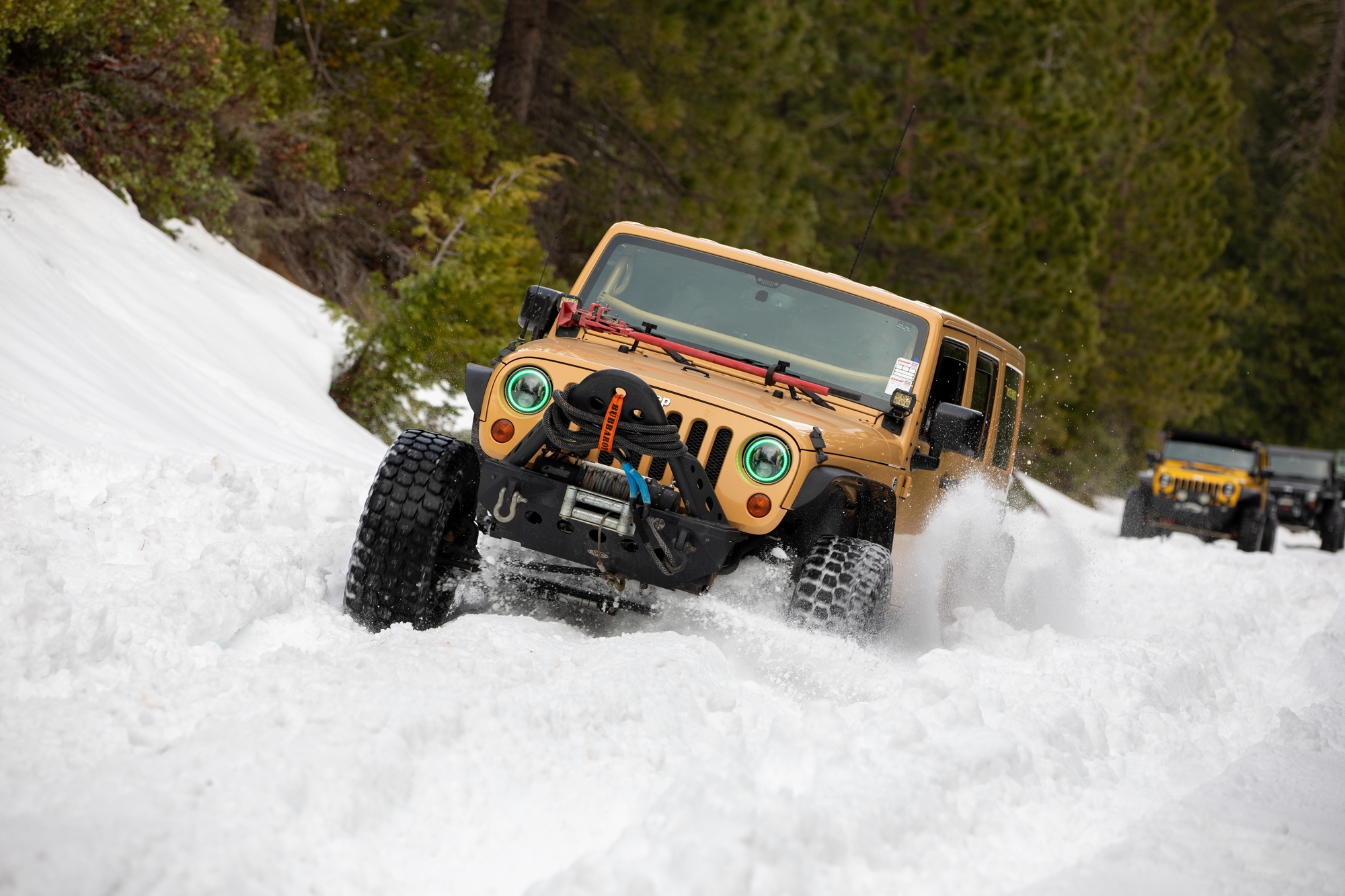
As much as you might want it to stay away, winter weather is inevitable. The frigid, subzero temperatures and icy roads make driving treacherous, and it can make being the driver more than uncomfortable. Your car might not feel the cold in a literal sense, but it is susceptible to the challenges winter brings too.
Both for your comfort, driving safety, and your truck or SUV’s ability to keep trudging through these dreary months, it’s key to winterize. All that means is to take precautions and perform maintenance to beat the worst temperatures and conditions that Old Man Winter can throw at you. Here are five winter maintenance tips to consider before winter hits in full force.
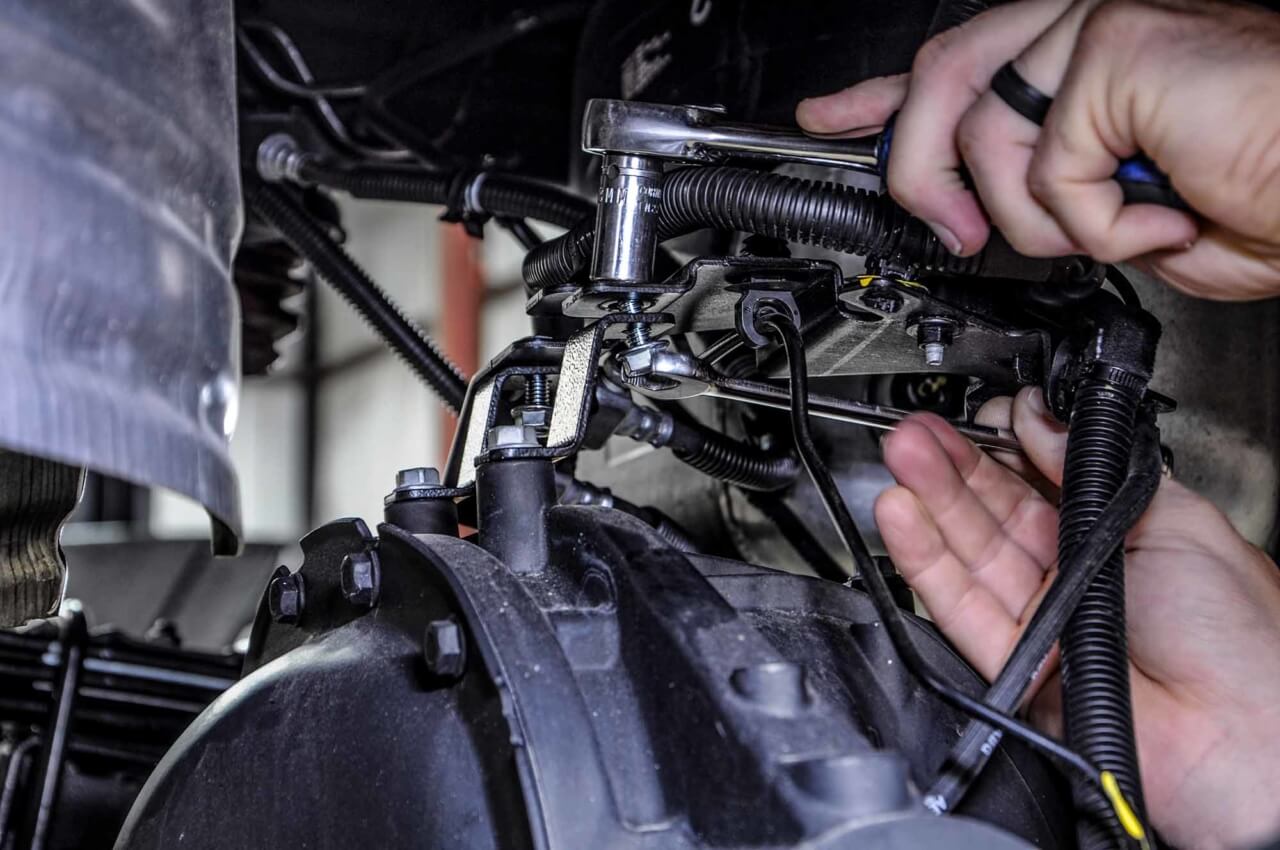
Inspect Your Car Before Winter
Not sure what or how to winterize your vehicle? Rather than entering winter blind, a bumper-to-bumper inspection should be on the slate. There are two main focuses for your inspection: to be able to drive more confidently because you know your vehicle’s condition, and to discover any deficiencies that need to be addressed.
What should you include in a pre-winter inspection? It’s a good plan to include anything you’re able to inspect, but these are some key areas:
- The brakes. Check that your brake pads have sufficient friction material remaining and are wearing evenly. If you have a brake pulsation, it’s best to change the pads and rotors before the roads get slick. Difficulty braking in the winter can result in a loss of control more easily than in dry weather.
- Belts and hoses. Although rubber hoses and serpentine belts last much longer than they did in the past, they can still fail. If a belt breaks, for example, your power steering could quit suddenly. If a hose collapses or springs a leak, you could lose your heat and be unable to clear the windshield.
- Tires. Your tires should be inflated to the recommended pressure on the driver’s door label. The cold will cause them to drop about 1 to 2 PSI per 10 degrees of temperature drop, so adjust the pressure every few weeks during the winter too. The tread should be 50% or greater, so at least 4 to 5/32nds of an inch deep, and traction loss gets worse the lower your tread is.
- The fluids. Any contaminated or dirty fluids should be changed and replaced with cold-weather alternatives. If you’re changing the engine oil and filter, look at the winter oil spec recommendation from the manufacturer.
- The battery. Your battery must be healthy enough to crank the engine over, no matter what the outside conditions might be. Test it and replace it if the Cold Cranking Amps don’t meet the minimum spec on the battery.
- Air filters. Check the engine air filter and cabin air filter and make sure they aren’t dirty or covered in debris.
- Wiper blades. Streaky, cracked, or torn wiper blades should be replaced.
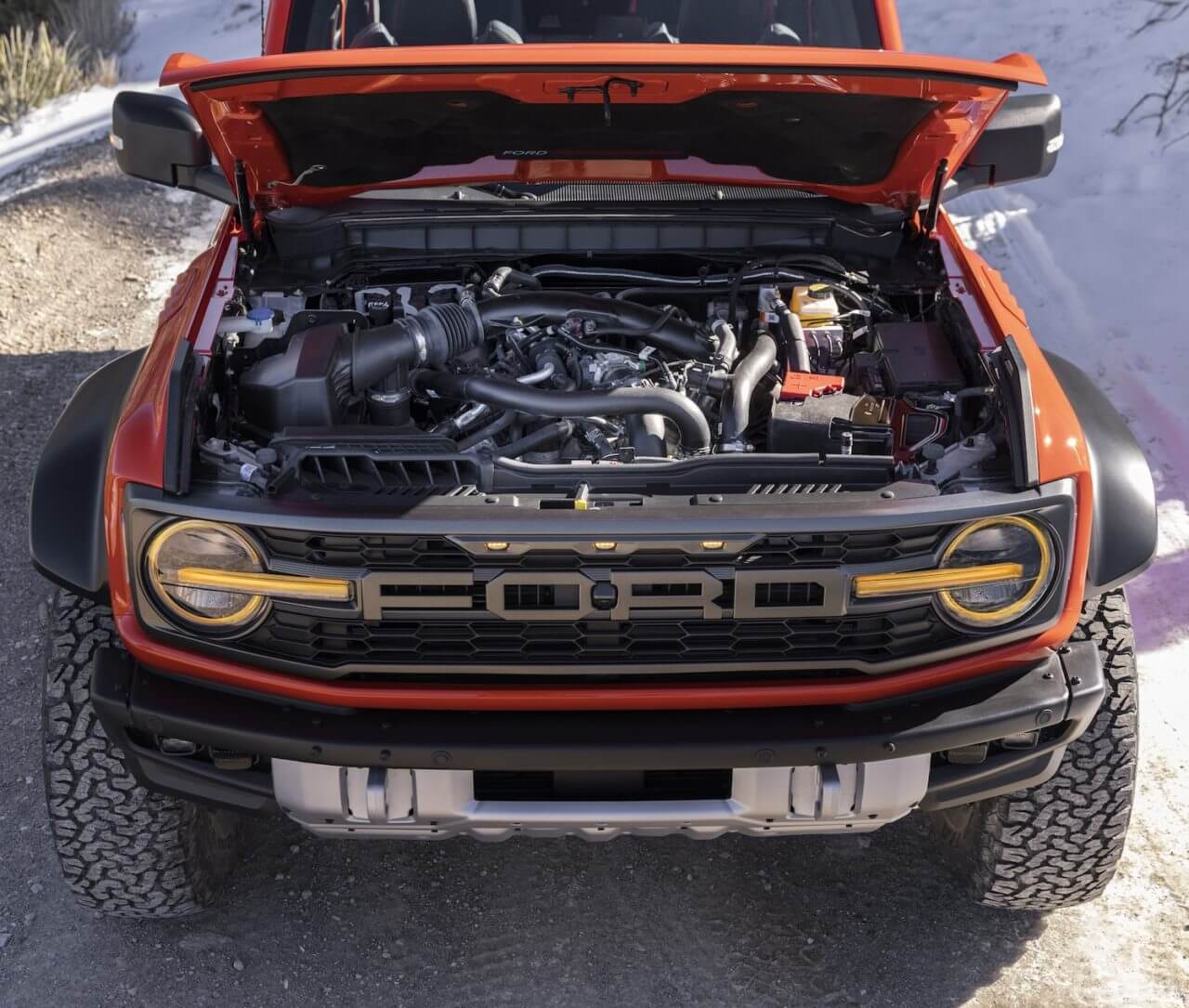
Replace Coolant
The engine coolant keeps the engine from overheating while it’s running and resists corrosion, and it contains antifreeze that prevents the water from gelling or freezing solid in the winter. If it freezes, the liquid will expand and, since it has nowhere to go, it can damage components like the thermostat, water pump, and even crack the engine block or cylinder head.
Straight coolant won’t work well either since it’s primarily the water that absorbs and moves heat from engine parts to the rad. When it’s tested, the water-coolant mixture should be rated to at least the coldest temperature you can expect to see this winter in your area. At minimum, the blend should be 70/30 water to coolant, but the typical mix in areas with extreme winter conditions is 50/50.
If your coolant is dirty, has floaty white corrosion bits, or doesn’t achieve the temperature rating you need, drain and refill the coolant with the correct mix.
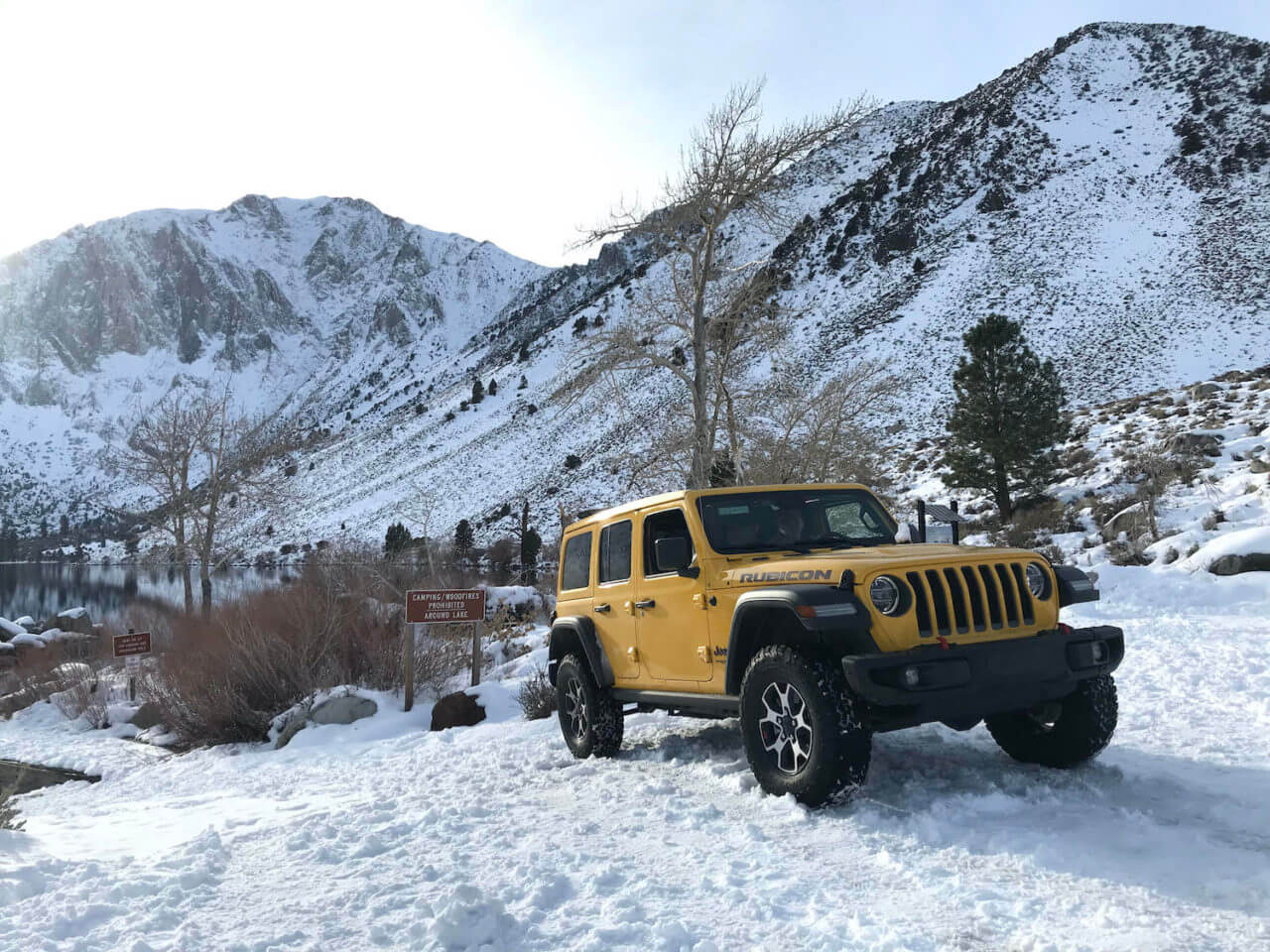
Consider Winter Tires
At 45F, the rubber on all-season tires gets much less pliable than it is in warm weather. Rather than gripping the road, it moves similar to how a hockey puck would on the road surface. So, if you’re driving on all-seasons, whether highway tires or all-terrain tires, and there’s fresh snow or a layer of ice on the road, you could be in for a harrowing trip.
Winter tires have a softer rubber compound that contains higher levels of silica. When the temperature dips, the rubber stays softer and more pliable. The sipes – the small lines in the tires – open and close like little jaws as they go over the road, biting and gripping into the surface better so you maintain traction.
If your climate experiences freezing temperatures for sustained periods every year, a set of winter tires will help keep you safe. It might seem expensive to own a second set of tires and switch them off twice per year, but it saves you money if it avoids all the costs associated with an accident.
For trucks, a couple of great options that can serve as year-round tires include Goodyear Wrangler DuraTracs and BF Goodrich All-Terrain T/A KO2 tires.

Keep a Winter Safety Kit
Even if you’re careful, it’s possible to get in a tight spot during winter driving. Whether that means getting stuck in a snowbank or going off the road accidentally, you should be prepared for the worst-case scenario. A winter safety kit in your hatch or under the backseat could be a lifesaver – literally.
Items you should have in a winter safety kit include:
- Matches
- A flashlight with batteries
- Road flares
- An extra set of warm clothing
- A compact blanket
- Non-perishable food and water
- A tow strap
- Basic hand tools
- Jumper cables
If you have extra space, some tire chains are a great idea to carry. Compact traction pads are also fantastic to help get your truck or SUV back on the path.
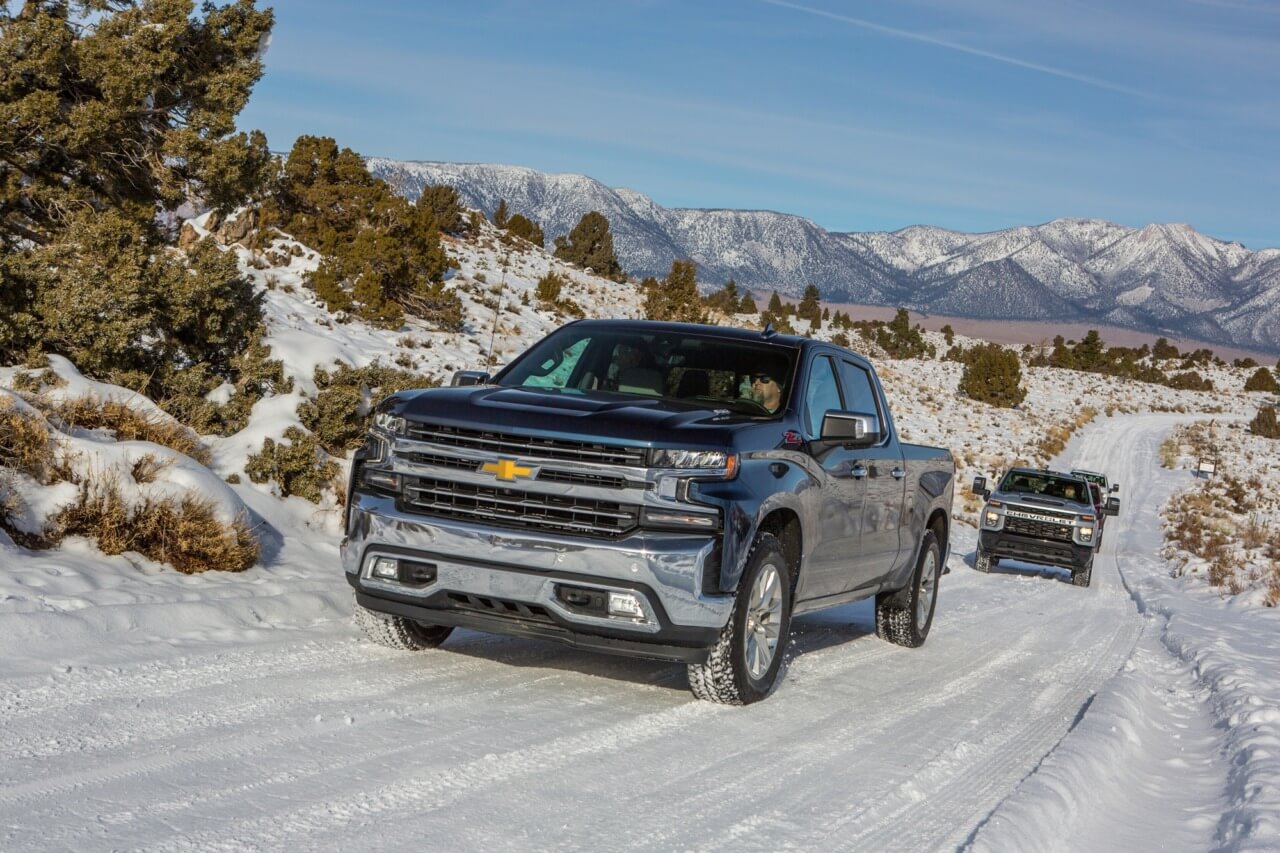
Drive Safely
Most of all, safe winter driving is about adapting to the conditions. When the weather is bad and visibility is reduced, slow down. If the roads are slick or you can’t see the lane lines, slow down. If all the other drivers on the road seem to be acting too cautious for your liking, you should probably slow down.
Before you head out, make sure your windows are clear and you’ve swept the snow off of the hood and roof. Leave plenty of room between you and other motorists, and if you’re headed well off the beaten path for some ice fishing, hunting, or backcountry winter off-roading, make sure you let someone know where you’re going.



2